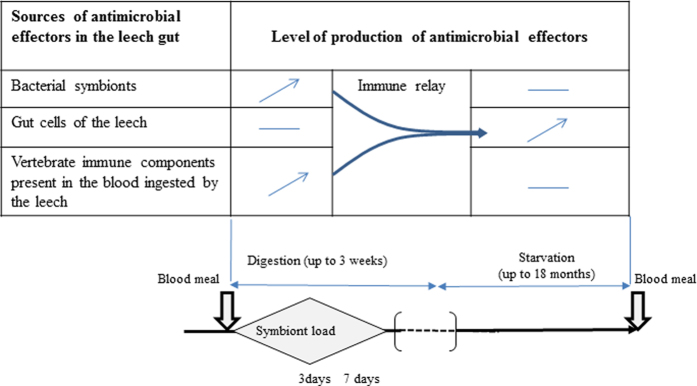Figure 7. Hypothetical scheme resuming the role of antibiotics in the immune interaction between the leech and its gut symbiont.
After blood feeding, Aeromonas that permanently persists at low level in the gut gains access to nutrient and starts proliferating. This bacterium becomes rapidly the numerically dominant bacteria of the crop by using various strategies to eliminate the other microorganisms such as: (i) the production of AMPs that act as anti-competitor agents, (ii) the protection from host phagocytic cells21 and (iii) a resistance to the vertebrate complement still active in the ingested blood. These different bacterial factors also provide antimicrobial immunity to the crop epithelium which stops producing its own immune factors i.e. NMC, TMZ, and LUMB. As the blood is being digested, the symbiont abundance in the crop as well as the so called “procured immunity” gradually declines60. AMPs encoded by the leech genome may then take the immune relay and warrant the antimicrobial defense of both the gut and the Aeromonas symbiont now less abundant and thus less able to compete with other bacteria through interference competition. Based on the natural feeding/starvation cycle of the leech, this scheme presumably repeats itself with each blood meal during the long lifespan of the medicinal leech.

